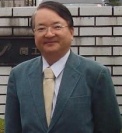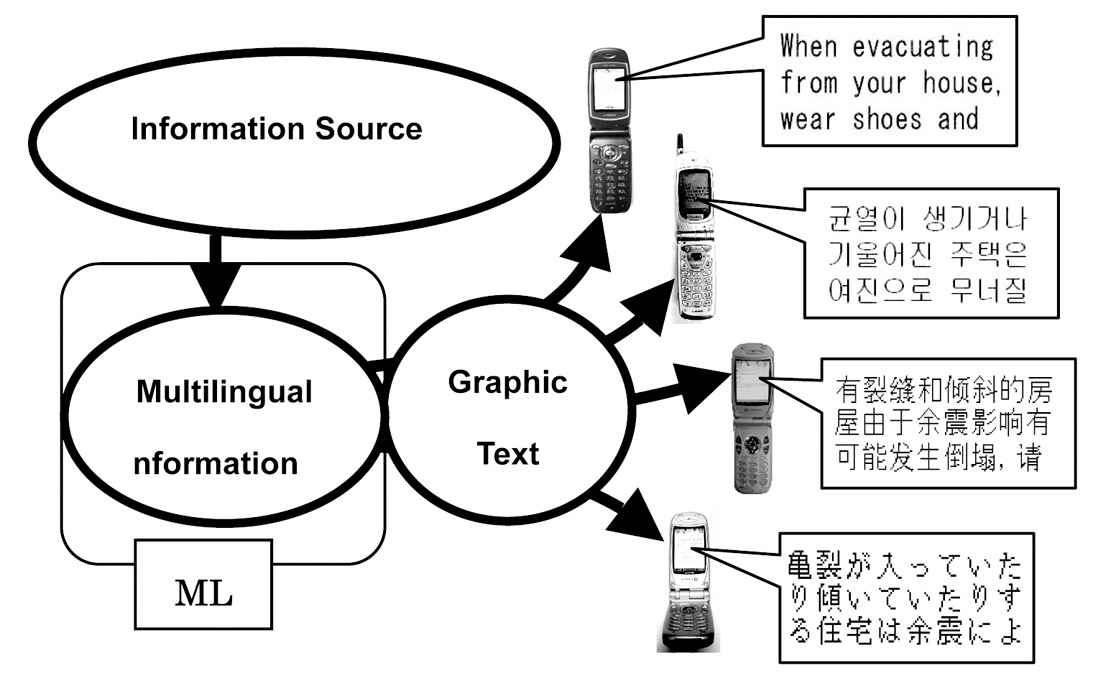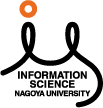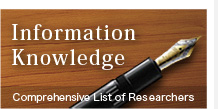Comprehensive List of Researchers "Information Knowledge"
Department of Information Engineering
- Name
- MIYAO, Masaru
- Group
- Information Platform Group
- Title
- Professor
- Degree
- Dr. of Medicine
- Research Field
- Ergonomics / Usability / Virtual Reality / Public health / Disaster Information

Current Research
Human-Centered Mobile Network Technology
SummaryOur group conducts research in the areas of ubiquitous computing, information networks, usability of mobile information devices such as cellular phones, epidemiology for disease prevention, and general social medicine.
We are involved in the development of a template system for translating disaster information into multiple languages, as well as efforts to make public information available in multiple languages. A multilingual disaster information system (MLDI) has been developed to overcome language barriers during natural disasters. MLDI is a web-based system that includes templates in nine languages so that translated texts can be immediately made available. Mobile phone e-mail with graphic text is a useful tool for delivering multilingual disaster information. The visibility of graphic text on mobile phones was examined and found equivalent to built-in font. However, visibility deteriorates as character size becomes smaller, especially on displays with poor resolution. We are stressing the need for multilingual information and measures for safe, barrier-free societies.
We have also examined visual accommodation (lens focusing power) for stereoscopic graphics. Our group first confirmed the actual lens focusing for the virtual distance of 3-dimensional displays.
From 2000 to 2002 as a member of the Ministry of Health, Labor and Welfare (MHLW)'s Committee of Guidelines for Industrial Health Controls of VDT Operations, I prepared the committee's draft guidelines. In 2003, I served as a committee member to propagate the Occupational Safety and Health Management System (OSHMS) of the MHLW.
Research subjects
(1) Development of a multilingual disaster information system (MLDI)
A multilingual disaster information system (MLDI) has been developed to overcome language barriers during natural disasters. MLDI is a web-based system that includes templates in five languages so that translated texts can be immediately made available. Multilingual information is required for emergency information by people of various nationalities in all countries. Character mail using mobile phones (MPs) is useful to receive such information anywhere and at any time. However, ordinary MP models support only alphanumeric characters and the country's native language. For example, MPs in Japan can display only Japanese and alphanumeric characters, so they cannot support multilingual characters such as Korean or Chinese. Graphical e-mail systems in MPs that send digital photographs are useful for sending character mail with unsupported fonts.
(2) Research on visibility for stereoscopic displays
Great progress in 3D image technology with virtual reality (VR) has been made with computer technology innovations. When planning a VR system, stereoscopic views in the system must be improved. Visual distance to 3D screens is important. To date, visual load by accommodation of crystalline lens to 3D images has seldom been studied. Our group studied the visual accommodation of subjects gazing fixedly at 3D images. Under natural viewing conditions the depth of convergence and accommodation agreed. However, when viewing a stereoscopic image using binocular parallax, it has been thought that convergence moves with the position of the reproduced stereoscopic image, while accommodation remains fixed at the image display. As a result, in the visual system there is contradictory depth information between convergence and accommodation called discordance. With the aim of qualitatively improving stereographic image systems, measurements under stereoscopic viewing conditions are needed. However, objective measurements of the accommodation system confirmed a fluctuating link between accommodation and convergence. Therefore, to investigate the influence of stereoscopic images on visual function in humans, our group measured accommodation in people gazing at a target under both binocular and natural viewing conditions.
(3) Usability of mobile phones
We are studying the usability of mobile phones, especially the readability of characters. We have also developed Graphic characters, which are expressed as image data. Graphical character mail is applicable to multilingual information system for MPs, such as disaster information systems in which short messages must be sent in multiple languages. Using graphic characters allows experiments by displaying characters with various fonts and character forms unlimited to the display fonts installed in the product.

Figure : Delivery of multilingual disaster information using graphic text for mobile phones. Multilingual phrases generated by MLDI can be sent to mobile phones as graphic text attached in an e-mail.
Career
- Ph.D., Medical Science, 1985, Graduate School of Medicine, Nagoya University.
- M.D., B.M.S., 1977, School of Medicine, Nagoya University.
- April, 2002-present: Professor, Information Technology Center, Nagoya University.
- September, 2004-present: Core Member, 21st Century COE Program "Frontiers of Computational Science".
Academic Societies
- Japan Ergonomics Society
- Japan Public Health Association
- Japan Society for Disaster Information Studies.
Publications
- Aging effects on the visibility of graphic text on mobile phones. Gerontechnology, 4(4): 188-195, 2006.
- Multilingual disaster information delivery using graphic text for mobile phones. AI & Society (Springer). 19 (3), 265-278, 2005.
- An attempt at preventing asthenopia among VDT workers. Int J Occup Saf Ergon., 9: 453-462, 2003.








